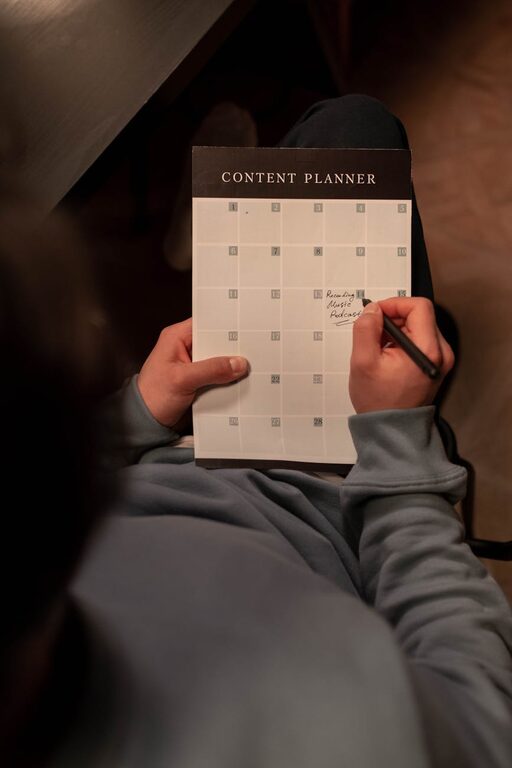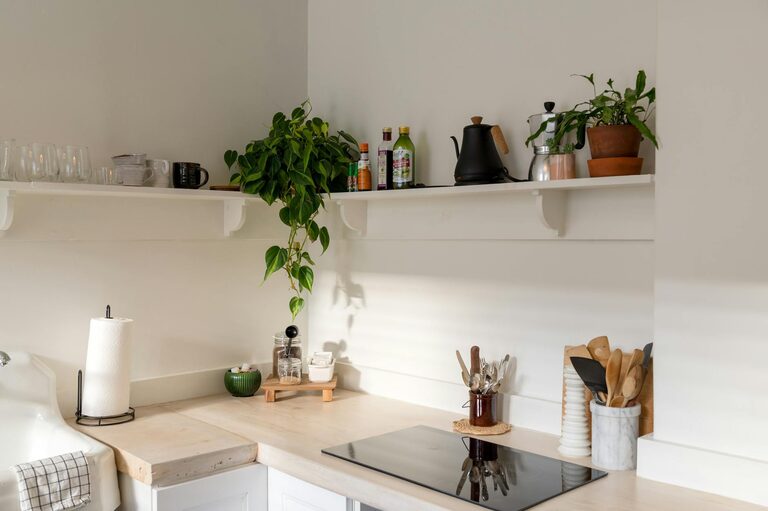
Creating a weekly reset routine can be a game-changer in managing your time, maintaining focus, and nurturing your well-being. Taking just a little time each week to reset helps clear mental clutter, review your accomplishments, and prepare for the days ahead with intention. In this post, we’ll walk through how to design a personalized weekly reset routine that fits your lifestyle and goals.
What Is a Weekly Reset Routine?
A weekly reset routine is a set of intentional activities you do regularly to reflect on the past week and prepare for the next one. It might only take 30 minutes to an hour but can significantly improve your productivity, reduce stress, and create clarity around your priorities.
Think of it as a mental and physical “refresh” — just like restarting your computer — so you approach your week with a clean slate.
Benefits of a Weekly Reset Routine
– Boosts productivity: Helps you plan and set priorities efficiently.
– Reduces stress: Clears mental clutter and unfinished tasks.
– Improves focus: Aligns your actions with your goals.
– Enhances well-being: Encourages self-care and reflection.
– Prevents burnout: Provides regular breaks and resets.
Step 1: Choose the Right Day and Time
Identifying the best day and time for your weekly reset is key to consistency.
– Pick a regular day: Many people prefer Sunday evening or Monday morning, but choose what works for you.
– Set a specific time: Block 30–60 minutes when you are least likely to be interrupted.
– Make it a habit: Treat this time like an appointment with yourself.
Step 2: Prepare Your Space and Tools
Creating a calm and organized environment helps you focus.
– Find a quiet spot: Choose a comfortable place free from distractions.
– Gather materials: You might need a journal, planner, calendar, sticky notes, or digital apps.
– Have snacks or tea: Making yourself comfortable keeps you relaxed.
Step 3: Reflect on the Past Week
Looking back allows you to celebrate wins and learn from challenges.
– What went well? Note accomplishments and moments of joy.
– What could be improved? Consider any obstacles or unfinished tasks.
– How did you feel? Reflect on your energy, mood, and stress levels.
Writing these thoughts down can be very helpful.
Step 4: Clean Up and Organize
Clearing physical and digital clutter sets a fresh stage.
– Tidy your workspace: Put away unnecessary items, straighten your desk.
– Sort through emails and files: Delete or archive what you don’t need.
– Review your to-do list: Cross off completed tasks and update your pending ones.
This step helps reduce overwhelm and distractions.
Step 5: Set Intentions and Priorities for the Next Week
Having clear goals keeps you focused and motivated.
– Pick 3 to 5 main goals: These should be realistic and important.
– Break goals into tasks: Identify manageable steps you can take each day.
– Schedule key activities: Add appointments, deadlines, and reminders to your calendar.
Remember to include personal and professional goals.
Step 6: Plan Your Week Strategically
Mapping out your time enhances productivity and balance.
– Use time-blocking: Allocate specific chunks of time to tasks.
– Include breaks: Regular pauses prevent burnout.
– Prepare for challenges: Identify potential obstacles and how you’ll handle them.
A well-planned week reduces decision fatigue.
Step 7: Incorporate Self-Care and Relaxation
Reset time isn’t just about productivity — it’s also for your well-being.
– Schedule activities you enjoy: Hobbies, exercise, social time.
– Practice mindfulness: Meditation, journaling, or deep breathing.
– Create a sleep plan: Set consistent sleep and wake times.
Prioritizing self-care supports your energy throughout the week.
Tips for Making Your Weekly Reset Routine Stick
– Start small: Begin with 15–20 minutes and gradually increase.
– Be flexible: Adjust your routine as needed but keep the core components.
– Set reminders: Use phone alerts or calendar invites.
– Celebrate progress: Reward yourself when you complete your weekly reset.
– Share with others: Doing it with a friend or family member can boost motivation.
Sample Weekly Reset Routine
Here’s a simple example to inspire you:
- **Sunday evening, 45 minutes**
- Reflect (5 min): Write down last week’s wins and lessons.
- Clean up (10 min): Organize desk and clear email inbox.
- Goal setting (10 min): List top 3 goals for the week.
- Plan (15 min): Schedule tasks and appointments.
- Self-care (5 min): Write down one fun or relaxing activity to do.
Final Thoughts
Designing a weekly reset routine is a personal process that can greatly improve how you approach each week. With a little planning and consistency, you’ll find yourself more organized, motivated, and centered — ready to tackle whatever comes your way.
Start small, keep it simple, and adapt as you learn what feels best for you. Your weekly reset may just become your favorite part of the week!



